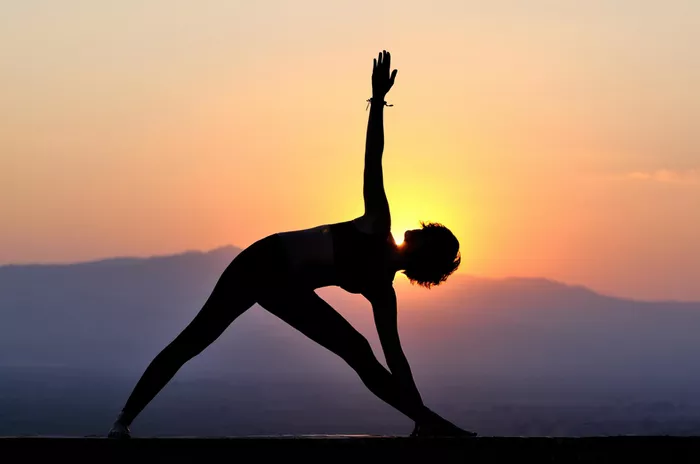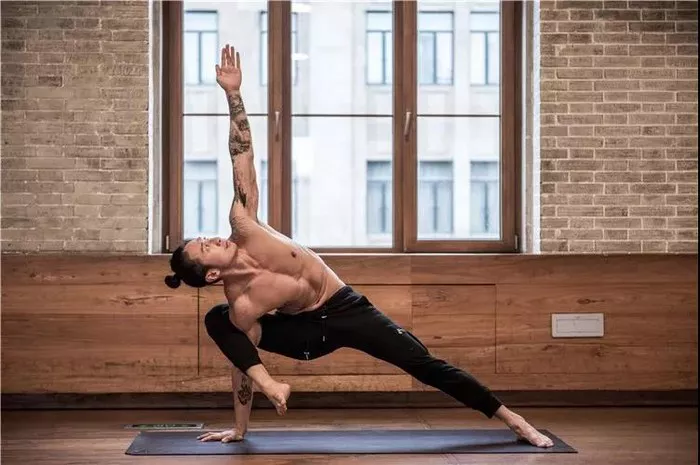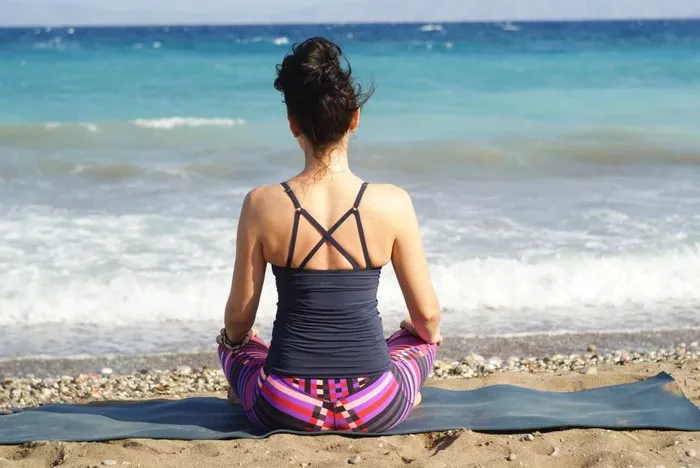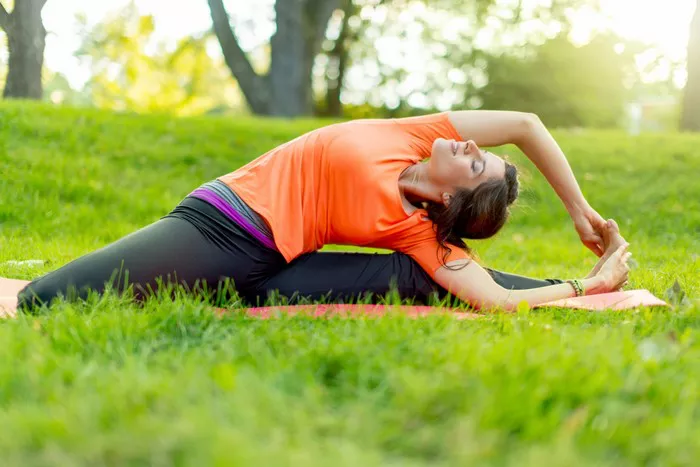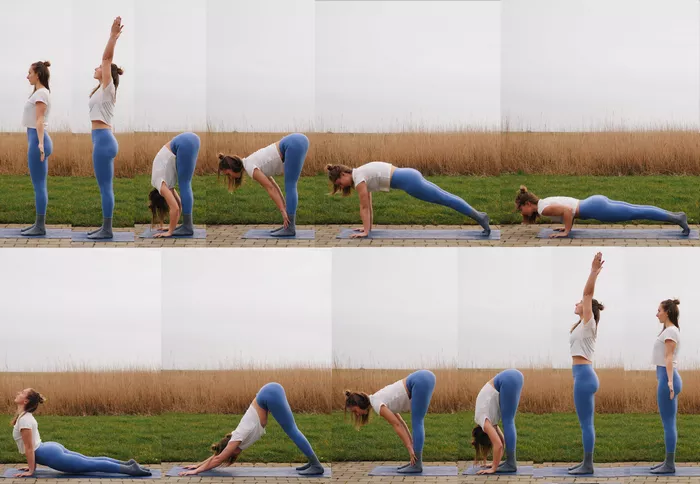Yoga, an ancient practice with its roots in India, has evolved into many different styles, each offering unique benefits and approaches to physical, mental, and spiritual well-being. Among these styles, Iyengar Yoga is one of the most well-respected and widely practiced disciplines worldwide. Developed by B.K.S. Iyengar, this method emphasizes precision, alignment, and the use of props to help students achieve correct postures. But what exactly is the goal of Iyengar Yoga? To understand this, we must explore its philosophy, methodology, and the benefits it offers to practitioners.
Understanding Iyengar Yoga
Iyengar Yoga is a form of Hatha Yoga that focuses on the structural alignment of the body through the practice of asanas (postures). B.K.S. Iyengar, one of the most influential yoga teachers of the 20th century, refined this method through extensive research, practice, and teaching. Unlike other yoga styles that may emphasize flow and speed, Iyengar Yoga is characterized by a methodical and deliberate approach to postures, ensuring that each pose is performed with precision and stability.
One of the key features of Iyengar Yoga is the use of props, such as belts, blocks, bolsters, and chairs. These tools help practitioners, regardless of their flexibility or physical condition, to achieve correct alignment and experience the benefits of each posture safely.
The Goal of Iyengar Yoga
The overarching goal of Iyengar Yoga is to bring the body, mind, and spirit into a state of harmony and balance. This is achieved through several specific objectives:
1. Physical Alignment and Postural Awareness
One of the primary goals of Iyengar Yoga is to develop precise alignment in each posture. Proper alignment ensures that the muscles, bones, and joints work efficiently, reducing the risk of injury and promoting overall physical health. By holding poses for an extended duration, practitioners develop strength, flexibility, and endurance.
Postural awareness extends beyond the yoga mat and influences daily movements, improving overall posture, reducing pain, and preventing injuries caused by poor alignment.
2. Strength, Flexibility, and Stability
Iyengar Yoga is designed to cultivate strength and flexibility in a balanced manner. Unlike some yoga styles that prioritize one over the other, this method systematically develops both aspects through controlled, sustained practice. The use of props allows practitioners to safely stretch and strengthen muscles while maintaining proper alignment.
Additionally, Iyengar Yoga enhances stability by encouraging practitioners to engage their core and supporting muscles. This stability is particularly beneficial for individuals recovering from injuries or dealing with conditions such as arthritis and osteoporosis.
3. Therapeutic Benefits and Healing
A significant contribution of B.K.S. Iyengar’s work is the application of yoga as a therapeutic tool. Iyengar Yoga is often used to manage and alleviate various health conditions, including back pain, joint problems, respiratory issues, and stress-related disorders.
By focusing on precision and the use of props, this style enables individuals with physical limitations to practice safely. Many yoga therapists integrate Iyengar Yoga into rehabilitation programs to help individuals regain mobility and strength after injuries or surgeries.
4. Mindfulness and Mental Discipline
Iyengar Yoga is not just about the physical body—it also cultivates mindfulness and mental discipline. The meticulous attention to detail required in each pose demands complete focus and concentration. This heightened awareness helps quiet the mind, fostering a meditative state even during physically challenging postures.
Through steady practice, students develop patience, perseverance, and the ability to remain present in the moment. This mindfulness extends into daily life, enhancing decision-making, reducing stress, and improving overall emotional resilience.
5. Breath Control and Energy Regulation
Pranayama, or breath control, is an essential component of Iyengar Yoga. Controlled breathing techniques help regulate the nervous system, enhance lung capacity, and promote relaxation. By synchronizing breath with movement, practitioners develop greater energy awareness and improve overall vitality.
Proper breath control is also linked to emotional stability and mental clarity. By practicing pranayama, students learn to manage stress, reduce anxiety, and cultivate a sense of inner peace.
6. A Path to Self-Discovery and Spiritual Growth
Although Iyengar Yoga is often associated with physical precision, its ultimate goal extends beyond the body. It is a pathway to self-discovery, self-discipline, and inner transformation. The deep concentration required in each pose fosters a connection between the body, mind, and breath, leading to heightened self-awareness.
For those who seek a spiritual dimension in their practice, Iyengar Yoga provides a structured path toward inner growth. The practice aligns with the principles of Patanjali’s Yoga Sutras, which outline ethical guidelines, meditation practices, and the journey toward self-realization.
Who Can Practice Iyengar Yoga?
One of the remarkable aspects of Iyengar Yoga is its accessibility. Whether you are a beginner or an advanced practitioner, the method is designed to meet you at your level. The use of props allows individuals with different abilities, ages, and physical conditions to practice safely and effectively.
Iyengar Yoga is particularly beneficial for those recovering from injuries, dealing with chronic pain, or seeking a structured approach to yoga that prioritizes precision and safety.
Conclusion
The goal of Iyengar Yoga is multifaceted—it seeks to cultivate physical health, mental clarity, emotional balance, and spiritual awareness. Through precise alignment, mindful practice, and controlled breathwork, practitioners develop strength, flexibility, stability, and inner peace.
Whether practiced for therapeutic benefits, personal growth, or spiritual exploration, Iyengar Yoga provides a holistic approach to well-being. Its emphasis on detail and discipline makes it one of the most effective and transformative yoga styles available today. For anyone looking to deepen their yoga practice and achieve a greater sense of harmony in life, Iyengar Yoga offers a profound and rewarding path.
Related Topics:

